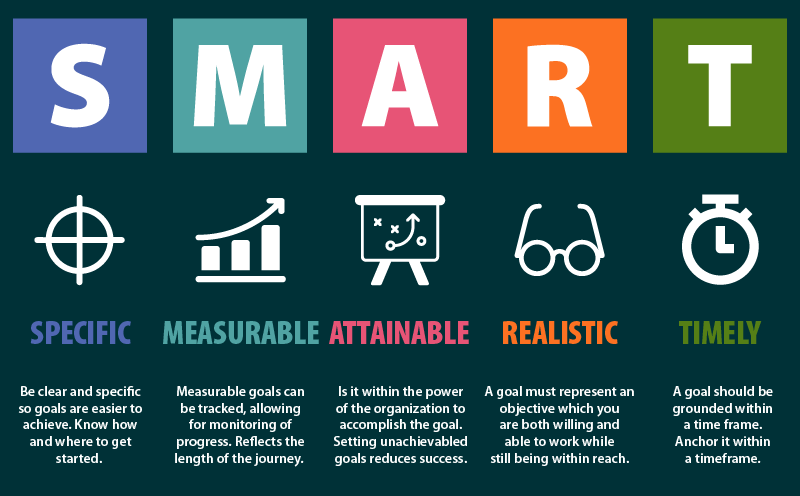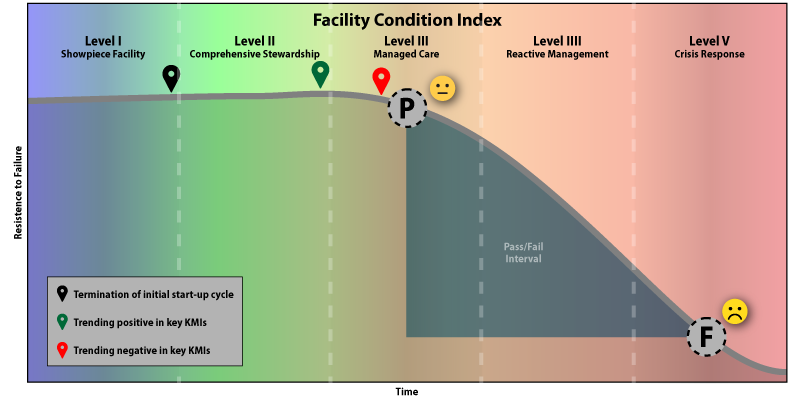
All companies have set goals and objectives to determine what a product or process looks like when completed. This product or process is continually being improved and honed to improve quality, increase profitability, and maximize customer satisfaction. These efforts for improvement need to have objective measuring sticks that quickly inform the entire organization where they stand. These standards need to be measured and reported to guide the team on what is performing well and needs more refinement. Management at any organization needs to quickly check an objective measure of how the team, product, or service is performing and if it is enhancing the company’s position as it is held against an impartial set of measurable goals.
There are two steps to adapting change as a process for improvement: the first is to start, and the second is to implement. Starting is what it says. Implementing requires several disciplined actions to ensure that a process follows the desired path. One of the first starting steps in developing a well-defined neutral criterion for measurement derives directly from an existing, precise goal or objective stated in an actual, calculable number as a process for improvement is implemented.
When an organization succeeds and delivers on quality, customer satisfaction, and client retention, it tends to be based upon a predetermined road to success depending on companies being well-informed about their own business. They agree on that knowledge by developing and utilizing effective metrics.
Why Do We Need Warranted Metrics?
Metrics are used to fuel improvements and assist businesses and their people in managing procedures, efforts, and resources on what’s important. The wide range of metrics that companies employ range from mandatory – for legal, safety or contractual purposes – to those that increase efficiency, reduce complaints, improve profits and enhance savings. Metrics should report key critical factors and support the various procedures for all aspects of the organization, including finance, marketing, competition, standards, or customer requirements and expectations. Metrics indicate the priorities of the company and provide a window on performance, ideology and goals.
Good objective metrics help an organization in many ways, but key in their list of desired intentions are to tell an entire organization:
• Where it has been
• Where it is heading
• Whether something is going wrong
• When the organization reaches its target
In order to maximize the benefits of what metrics conveys it is important to keep them simple and clear. They should be easily understood and key points should jump off the page. A valuable metric should be similar to telling a joke – if you have to spend time explaining the point of a metric then it will not work. Everyone needs to recognize the metric and figure out how it impacts what is expected from them and how they can have the greatest positive impact on the metric and its reflection of success.
Good metrics are often defined by these characteristics:
• Influence the strategy and direction of the company
• Focus an organization, department or employee
• Assist in decision making
• Encourage improvement in quality
• Grow the organization
A Plan to Implement Effective Metrics
Define the metric All metrics should be clearly defined so an organization can benchmark its success. One way to keep metrics understandable is to use the SMART (specific, measurable, attainable, realistic, and timely) model. The attainable step in this model is particularly important. There’s no point setting goals that cannot be achieved, as people will feel defeated even before they begin.

Secure buy-in from senior management and employees
Any new metric requires the approval and interest of senior managers who have to lead the culture change from the top.
Understand what data is needed and how to collect it
Metrics need to be reliable and report the same answer every time no matter who assesses it. They need to be uniformed, with all data collected exactly the same way across multiple departments and/or facilities. In order to improve quality and deliver progress, everyone involved with the metric needs to be completely honest.
Measure and share the results
Many organizations spend much capital and resources developing a metric and when the time comes for that metric to be shared and evaluated it gets forgotten. This is usually due to the company setting too many metrics. So keep it simple. It is better to have five easily reviewed metrics rather than 50 metrics that are never evaluated. Use metrics to learn from others. Never hesitate to contact another person in the company and ask for their opinion.
Do not forget the “continual” part of improvement
Metrics need to be current and refreshable from time to time. An updating process is needed because businesses and their processes evolve and change. Make sure the metrics still measure what they initially intended to measure. And, metrics are best when evaluated against past performance. Metrics are excellent at demonstrating which way the progress is moving.

